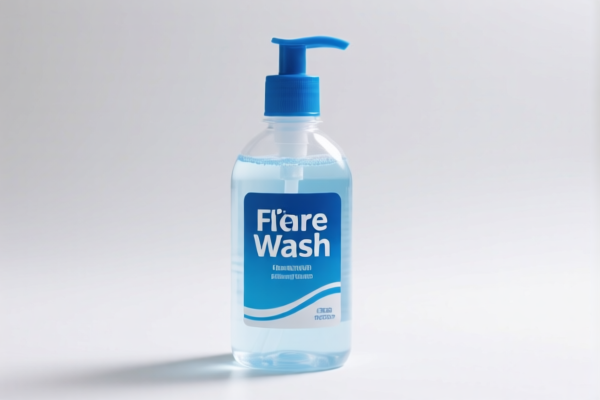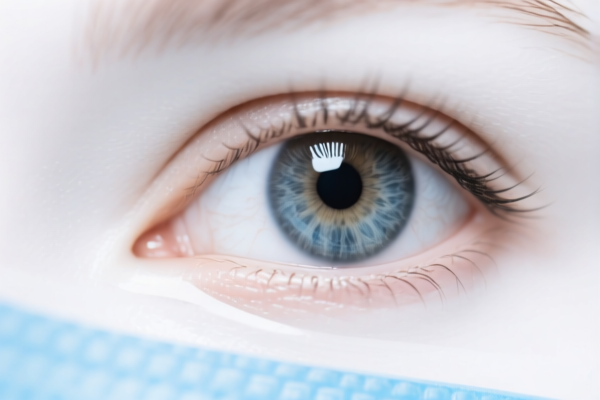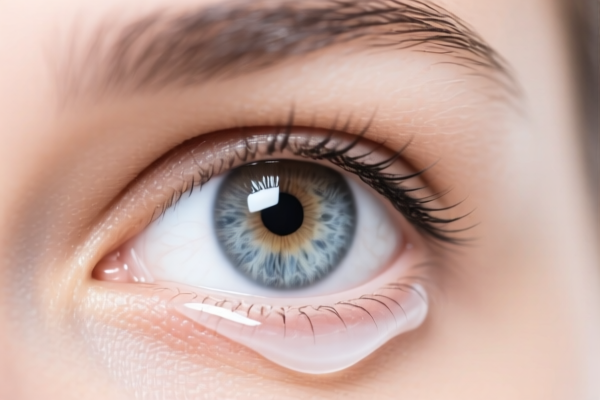| HS Code | Official Doc | Tariff Rate | Origin | Destination | Effective Date |
|---|---|---|---|---|---|
| 9616100000 | Doc | 37.5% | CN | US | 2025-05-12 |
| 9616200000 | Doc | 34.3% | CN | US | 2025-05-12 |
| 9604000000 | Doc | 42.4% | CN | US | 2025-05-12 |
| 3003900190 | Doc | 30.0% | CN | US | 2025-05-12 |
| 3004490060 | Doc | 30.0% | CN | US | 2025-05-12 |
| 3004909280 | Doc | 30.0% | CN | US | 2025-05-12 |
| 3005905090 | Doc | 30.0% | CN | US | 2025-05-12 |
| 3005901000 | Doc | 30.0% | CN | US | 2025-05-12 |
| 3924104000 | Doc | 33.4% | CN | US | 2025-05-12 |
| 3924900500 | Doc | 40.6% | CN | US | 2025-05-12 |
| 3926902100 | Doc | 41.7% | CN | US | 2025-05-12 |
| 3926909910 | Doc | 42.8% | CN | US | 2025-05-12 |
| 9018500000 | Doc | 30.0% | CN | US | 2025-05-12 |
| 9018908000 | Doc | 30.0% | CN | US | 2025-05-12 |




Eye Wash Cup
An eye wash cup is a small, handheld device designed to deliver a controlled stream of liquid, typically sterile saline solution, directly to the eye(s) for irrigation and cleansing.
Material:
- Plastic: Most commonly made from durable, non-toxic plastics like polypropylene or polyethylene. These are often disposable or autoclavable for reuse.
- Glass: Historically used, glass cups are less common now due to fragility and potential for breakage.
- Silicone: Some modern designs utilize flexible silicone for comfort and ease of use.
Purpose:
The primary purpose of an eye wash cup is to flush out irritants, debris, or chemicals from the eye. This includes:
- Chemical Splashes: Immediate irrigation following exposure to hazardous chemicals.
- Dust or Foreign Objects: Removing particles like dust, sand, or small fragments.
- Allergen Removal: Rinsing away allergens that cause eye irritation.
- Post-Operative Care: Used after certain eye surgeries to maintain cleanliness.
Function:
Eye wash cups function by creating a temporary seal around the eye(s) to hold the irrigating solution in place. The cup is filled with the solution, pressed gently against the orbital bone, and the head is tilted back to allow the liquid to flow across the eye surface. The design often incorporates a curved shape to conform to the eye socket and prevent leakage.
Usage Scenarios:
- Workplace Safety: Essential component of emergency eyewash stations in laboratories, industrial settings, and construction sites.
- First Aid: Included in first aid kits for quick response to eye injuries.
- Home Use: Individuals with allergies or those working with potential eye irritants may keep cups at home.
- Medical Settings: Used by healthcare professionals during examinations or minor procedures.
Common Types:
- Single-Use Disposable Cups: Individually packaged, sterile cups for convenience and hygiene.
- Reusable Cups: Designed for repeated use after thorough cleaning and disinfection (autoclavable models are available).
- Dual-Eye Cups: Feature two separate cups for simultaneous irrigation of both eyes.
- Integrated Eyewash Stations: Cups are often incorporated into larger eyewash stations with a continuous water supply.
- Portable Eyewash Cups: Smaller, self-contained units with a reservoir for solution, suitable for travel or remote locations.
The declared goods are an eye wash cup, used for rinsing and cleaning the eyes, typically in medical, surgical, or personal hygiene scenarios.
Here are the relevant HS codes found within the provided reference material:
- 9018500000: This HS code covers “Other ophthalmic instruments and appliances and parts and accessories thereof”. Chapter 90 relates to Instruments and appliances used in medical, surgical, dental or veterinary sciences. Heading 9018 specifically addresses ophthalmic instruments. This code would be applicable if the eye wash cup is specifically designed and marketed as a medical instrument for eye care.
- 3924104000: This HS code covers “Tableware and kitchenware: Other”. Chapter 39 relates to Tableware, kitchenware, other household articles and hygienic or toilet articles, of plastics. Heading 3924 specifically addresses tableware and kitchenware. If the eye wash cup is made of plastic and considered a household item rather than a medical instrument, this code may be applicable.
- 3926902100: This HS code covers “Other articles of plastics and articles of other materials of headings 3901 to 3914: Other: Ice bags; douche bags, enema bags, hot water bottles, and fittings therefor; invalid and similar nursing cushions; dress shields; pessaries; prophylactics; bulbs for syringes; syringes (other than hypodermic syringes) and fittings therefor, not in part of glass or metal”. Chapter 39 relates to Other articles of plastics and articles of other materials of headings 3901 to 3914. Heading 3926 specifically addresses other articles of plastics. If the eye wash cup is made of plastic and falls into the category of hygienic or personal care articles, this code may be applicable.
Regarding HS code 9018500000, please note that this code specifically covers ophthalmic instruments. It is important to verify that the eye wash cup is marketed and intended for medical use to ensure correct classification.
Customer Reviews
I found the section on trade details very helpful. It gave me a clear understanding of the costs involved in exporting plastic builder’s doors to the US.
The page has a lot of useful information, but I wish there was more about customs documentation. Still, it's a solid resource for tariff rates.
This was exactly what I needed to understand the export process for my plastic doors. The HS Code info was spot on and very detailed.
The page provided a clear explanation of the 5% tariff rate. It's a bit technical, but the information was accurate and easy to follow.
I was impressed with the clarity of the trade details. It helped me avoid any unexpected costs when shipping my products overseas.